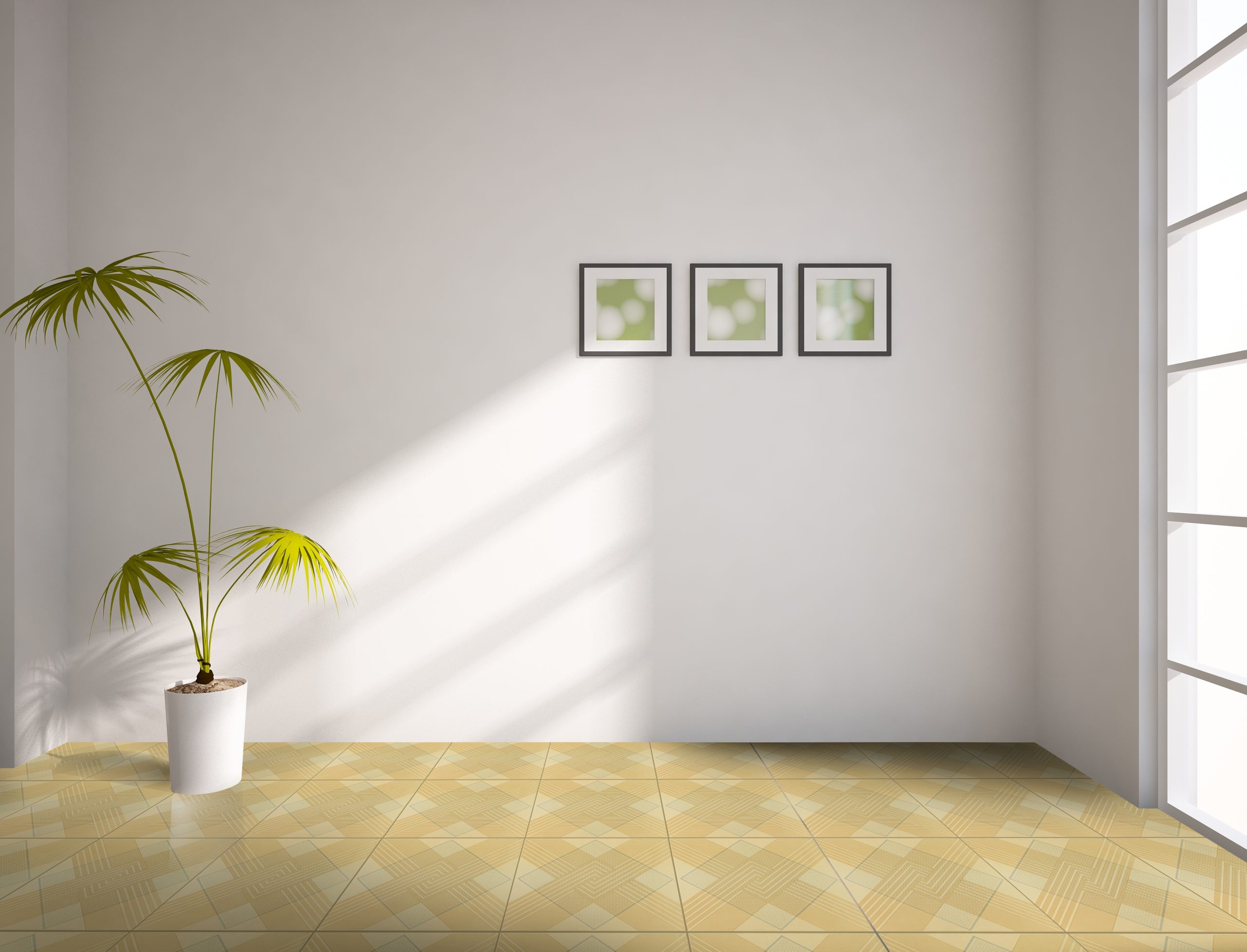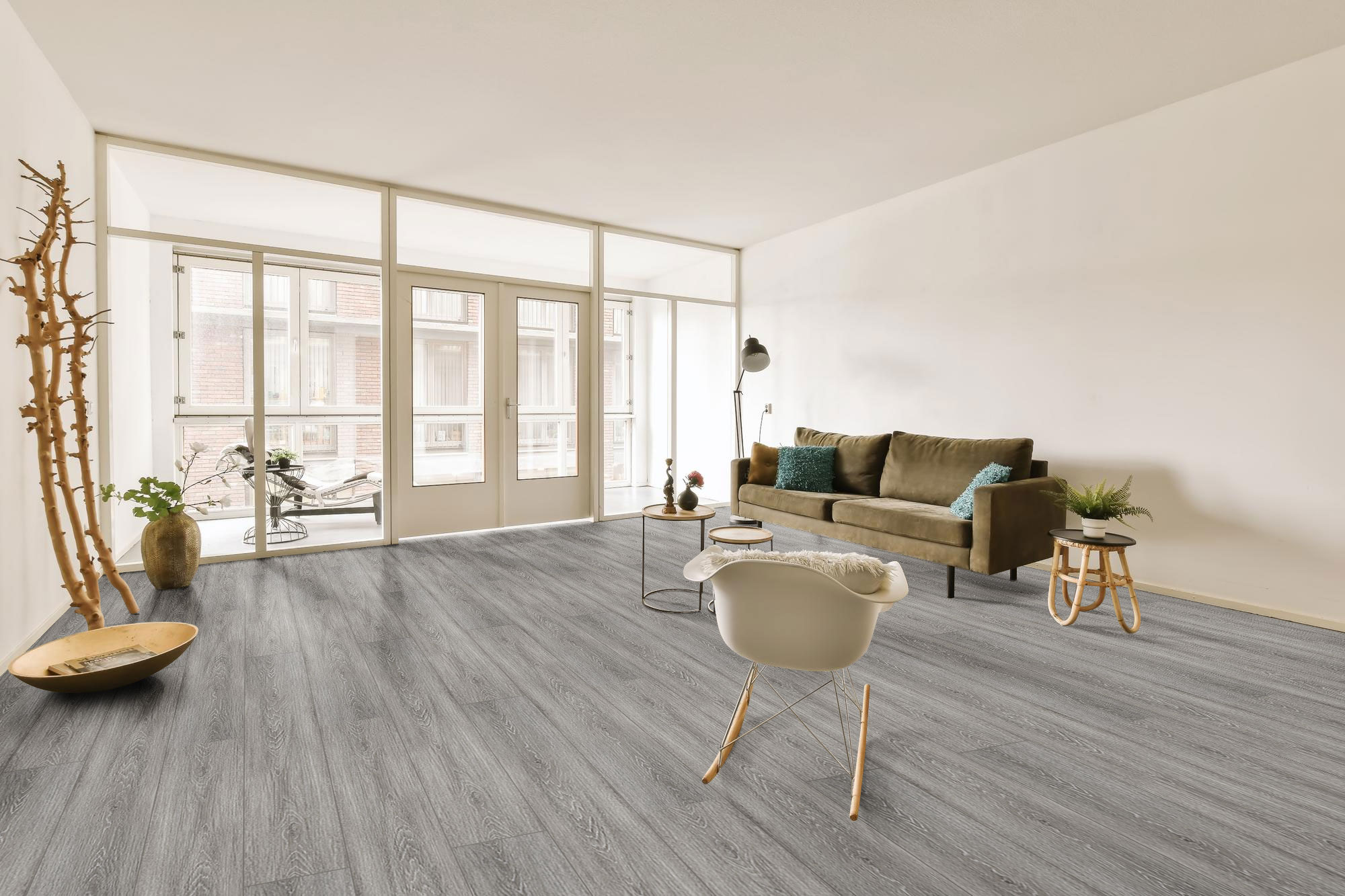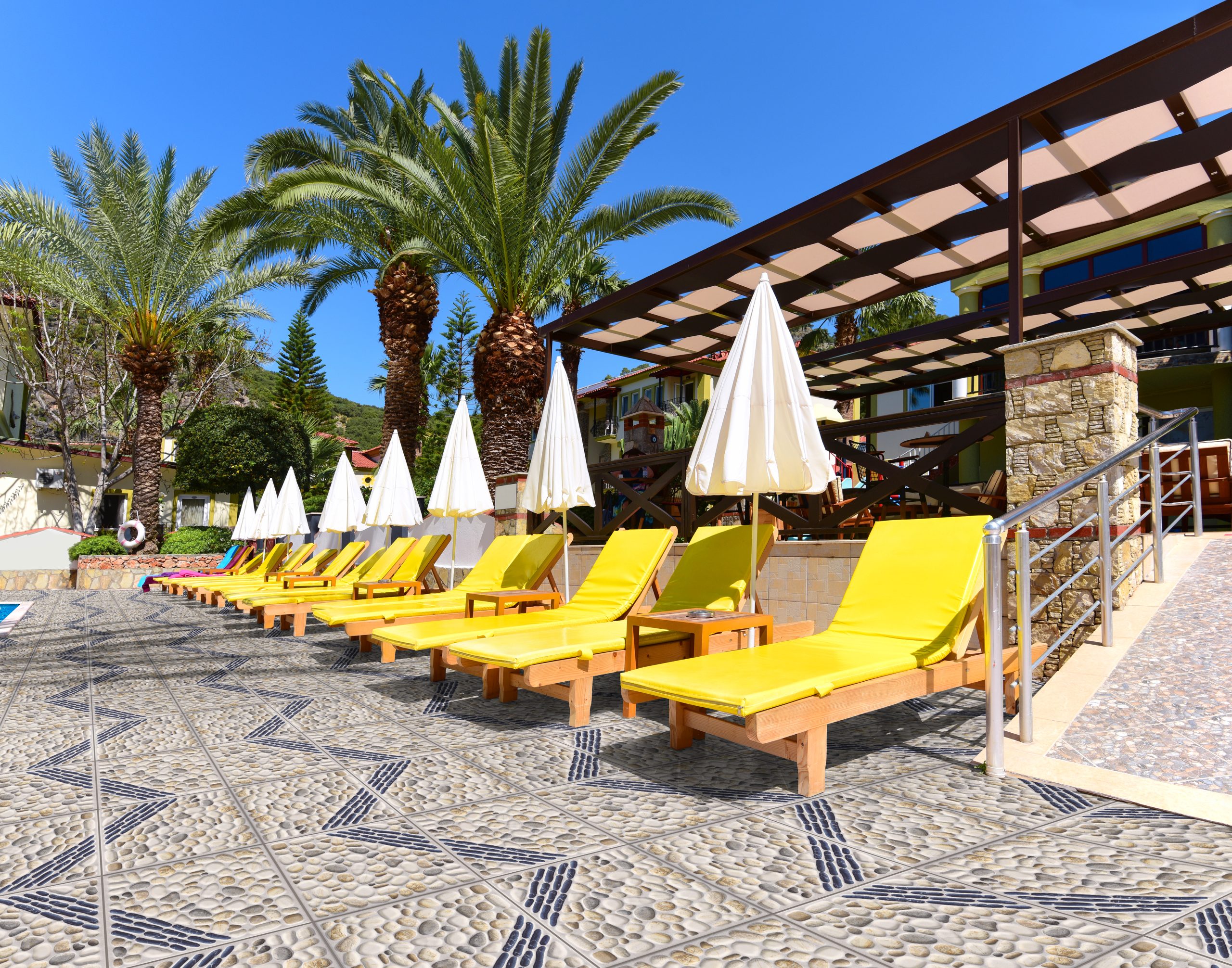Discover the secrets to mixing and matching tiles! This guide covers essential techniques for creating unique, visually appealing spaces with their colors, textures, and patterns. Whether you’re renovating a kitchen, bathroom, or living area, mixing and matching tiles can elevate your interior design to a new level. By creatively combining different tiles, you can add depth, interest, and personality to your space, making it uniquely yours. However, achieving the perfect mix and match requires more than just an eye for design; it involves understanding the principles of balance, contrast, and harmony.
This comprehensive guide will walk you through everything you need to know to master mixing and matching tiles. From selecting the suitable tile types, sizes, and finishes to understanding color theory and pattern play, we’ll provide practical tips and inspiring ideas to help you create a stunning tile combination. Whether aiming for a bold and eclectic look or a subtle and cohesive design, our guide will equip you with the knowledge and confidence to make informed decisions and bring your vision to life. Let’s dive in and explore the endless possibilities that tiles offer for creating beautiful, dynamic spaces.
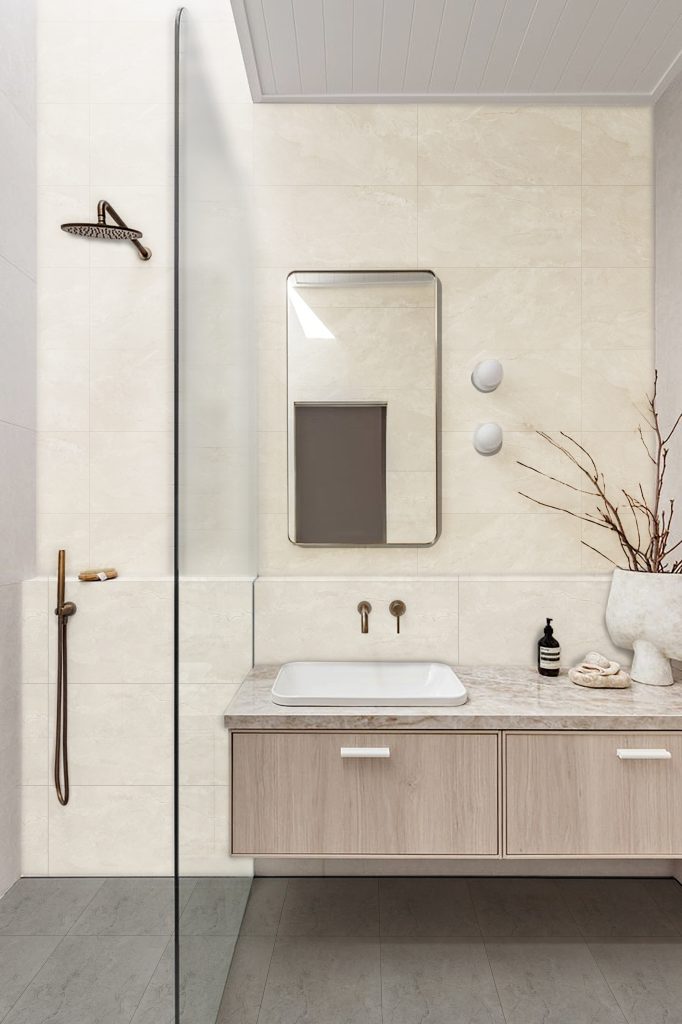
BENEFITS OF MIXING & MATCHING TILES
- Enhanced Visual Interest – Combining different colors, textures, and patterns allows you to create a dynamic and engaging environment that captures attention and adds depth. This approach lets you break away from monotonous, uniform surfaces, introducing variety and intrigue. Whether you opt for a bold contrast or a subtle blend, mixing and matching tiles can highlight specific areas, create a focal point, and seamlessly integrate different elements, ultimately transforming your space into a visually stimulating and aesthetically pleasing masterpiece.
- Unique Design – By thoughtfully combining various tile types, colors, and patterns, you can craft a one-of-a-kind look that sets your space apart from the ordinary. This approach allows you to experiment with different design elements, resulting in a customer aesthetic that can’t be replicated. The uniqueness of mixed and matched tiles adds character and personality to any room, making it yours and providing a striking, memorable impression on anyone who enters.
3. Flexibility – This approach allows you to tailor your space to fit various functions and styles, seamlessly blending different materials and finishes to meet your needs. Whether you want to create a bold focal point, delineate different areas within an open-plan layout, or add a touch of whimsy to a neutral space, the flexibility of mixed tiles ensures you can achieve the exact look you desire. This adaptability enhances the aesthetic appeal and makes it easier to update or change your decor over time without a complete overhaul.
4. Budget-Friendly – Combining different tile styles and materials allows you to strategically use more expensive tiles in small, impactful areas while filling larger spaces with more affordable options. This approach will enable you to achieve a high-end look without overspending. Additionally, using a variety of tiles can help minimize waste, as you can repurpose leftover tiles from previous projects, further stretching your budget. This cost-effective method creates a unique and stylish design and makes it accessible to a broader range of budgets.
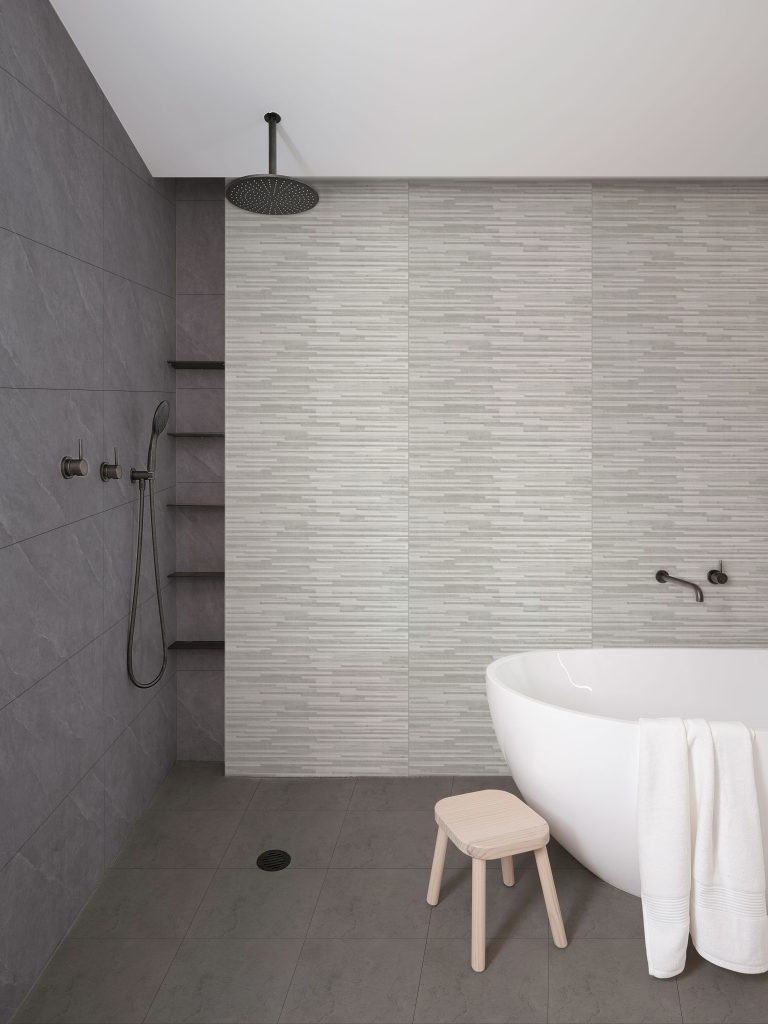
6373 [30×60] + Milan17D [30×70] + 3432 [30×30
BASIC PRINCIPLES OF MIXING AND MATCHING TILES
Color Combination
- Complementary Colors – They are opposite on the color wheel and can create a vibrant and dynamic contrast when used together. For example, pairing blue tiles with orange accents or green with red can make the design pop and add an exciting visual interest to the space. However, using these bold combinations sparingly is crucial to avoid overwhelming the room. The key is to strike a balance, allowing the complementary colors to enhance each other without creating visual chaos.
- Color Palette – This can include monochromatic schemes, where different shades of a single color are used, or analogous schemes, which involve colors next to each other on the color wheel. For instance, shades of blue alongside green can evoke a calming and serene atmosphere, perfect for a bathroom or a kitchen. Additionally, neutral tones like whites, grays, and beiges can help balance vibrant colors, providing a clean and sophisticated look.
Pattern Play
- Bold with Subtle – You might pair a striking geometric or floral tile with a more straightforward, solid-colored tile to ensure the design is manageable. The bold tile can serve as a focal point, drawing attention and adding character to the space, while the subtle tile provides a calm backdrop that complements and enhances the overall look. This approach ensures the design remains sophisticated and well-balanced, allowing each element to shine without competing for attention.
- Consistent Theme – Sticking to a coherent theme helps create a unified look. For example, in a rustic-themed kitchen, you might combine distressed wood-look tiles with stone-effect tiles to evoke a natural, earthy feel. In a contemporary bathroom, sleek, minimalist tiles in monochrome shades can be paired with a single patterned accent tile to add interest without deviating from the modern theme. A consistent theme ensures the mixed and matched tiles work seamlessly, creating a cohesive and stylish space.
Texture and Finish
- Mix Finishes – Incorporating different finishes—such as glossy, matte, and textured tiles—can add depth and interest. For instance, a glossy tile can reflect light and make a small space appear larger, while a matte tile can provide a sophisticated, understated elegance. Combining these finishes can create a dynamic contrast that highlights the unique qualities of each tile.
- Uniform Texture – This approach is efficient in areas with a desired seamless appearance, such as large open-plan living spaces or minimalist kitchens. Choosing tiles with a similar texture can create a smooth, continuous surface that enhances the room’s flow and simplicity.
Scale and Proportion
Vary Sizes – Varying tile sizes can create a visually interesting-pleasing design. Varying tile sizes can create visual interest and depth, transforming a flat surface into a dynamic feature. For instance, combining large-format tiles with more miniature mosaic or subway tiles can break the monotony and add intricate details to the design. This approach works well in kitchens and bathrooms where a feature wall or backsplash can become a focal point. Large tiles can make a space appear more expansive and less cluttered, while smaller tiles can highlight specific areas, creating a balanced and engaging look.
- Balanced Proportions – Maintaining a sense of order and cohesion is essential, especially in larger spaces where disproportionate tile arrangements can overwhelm the design. For example, if you’re using a mix of large and small tiles, ensure the transition between different sizes is smooth and intentional. This can be achieved using borders or accent strips to delineate areas and create a visually cohesive floor. Thoughtful consideration of scale and proportion helps to create a balanced and well-integrated tile layout, enhancing the overall harmony of the space.

STEPS TO MIX AND MATCH TILES
STEP 1: PLAN YOUR DESIGN – Gather samples, create a mood board to visualize your design, and draw a layout to plan where each tile type will be placed.
STEP 2: CHOOSE A FOCAL POINT – Designate a focal point, such as a backsplash, shower wall, or floor area, to showcase your tile mix. This will help you stay focused on your design vision.
STEP 3: LAYERING AND TRANSITIONING – Start with a base layer of neutral tiles and add layers of patterned or textured tiles. Use transition tiles or borders to create a smooth flow between different tile types.
STEP 4: TEST BEFORE COMMITTING – Temporarily lay out the tiles before final installation to see how they look together. Adjust the layout until you achieve the desired look.
PRACTICAL EXAMPLES
- Kitchen Backsplash – Use classic white subway tiles as a base, and add a strip of colorful mosaic tiles for a pop of color.
- Bathroom Walls and Floors – Use elegant marble tiles on the walls and contrast with bold, patterned tiles on the floor.
- Living Room Feature Wall – Create a feature wall with large, neutral tiles and add small, colorful accent tiles for visual interest.
Key Takeaway
In conclusion, mastering the art of mixing and matching tiles can significantly elevate the aesthetic appeal of any space. You can create a visually dynamic and harmonious environment by thoughtfully considering elements such as color combinations, pattern play, texture, finish, and scale. This comprehensive approach enhances the visual interest of your interiors and allows for a unique expression of your style and creativity. Whether aiming for a bold, contemporary look or a subtle, classic design, the right mix of tiles can transform your space into a stunning and cohesive masterpiece.
Furthermore, the flexibility and budget-friendly nature of mixing and matching tiles make it an accessible option for various projects, from small bathroom renovations to large-scale kitchen makeovers. You can achieve high-end results by strategically selecting and combining different tiles without exceeding your budget. Ultimately, the principles and techniques outlined in this guide provide a solid foundation for anyone looking to dive into a tile project, ensuring that your finished space is beautiful and unique but also practical and enduring. Embrace the art of mixing and matching tiles, and watch as your space comes to life with enhanced visual interest and a personalized touch.



